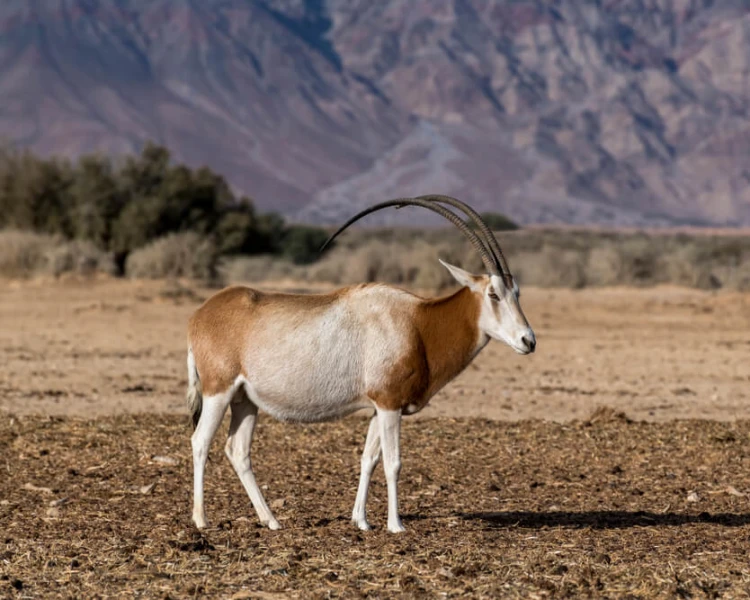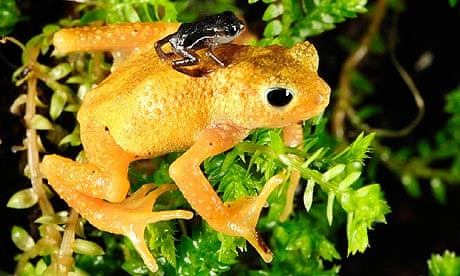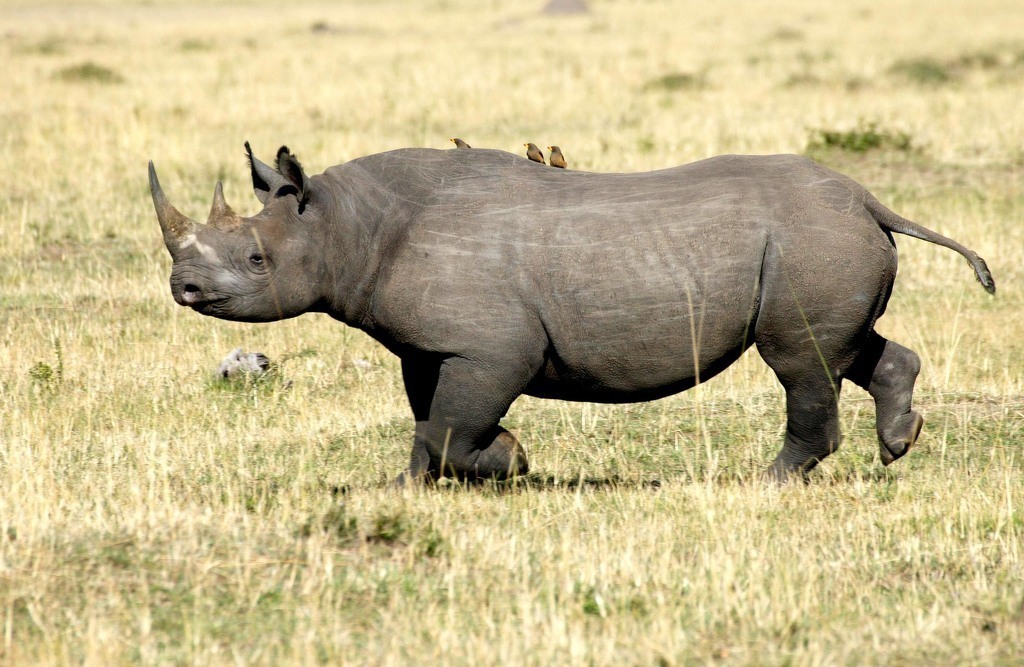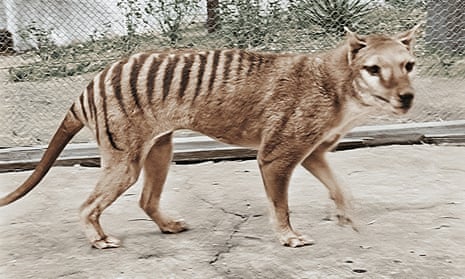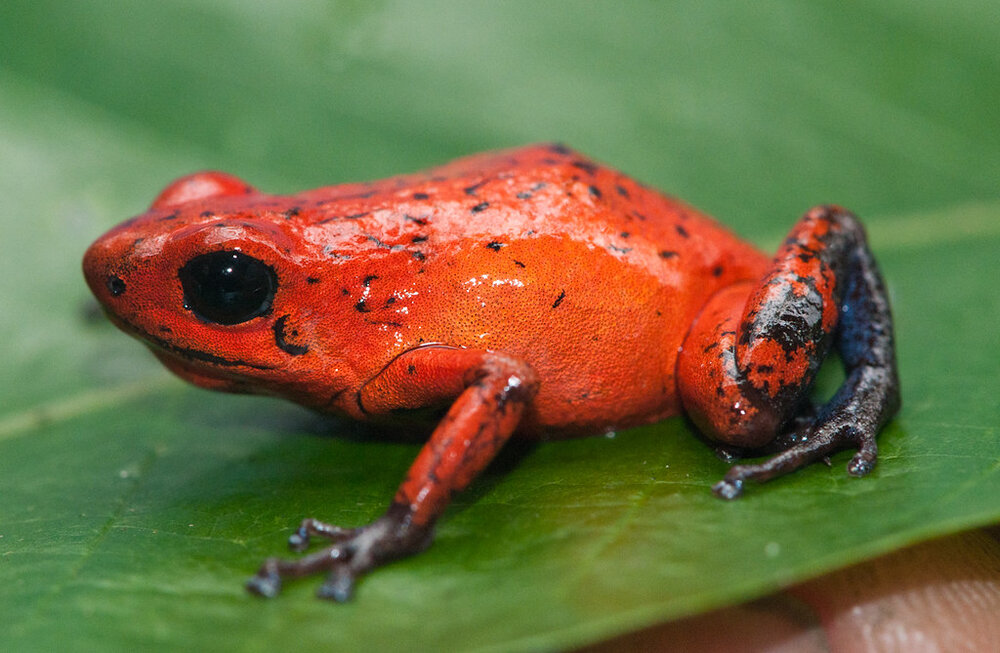Lucky222 wrote:Lucky222 wrote:Pets I want most
OMGSC - rare
Dogs:
any other wl bunny dogs
Any other wl music petsany wl dog from this litter
Very rare
Sitting cats:
Tess horses:
Bunnies:
Malk dogs:
Rats:
Dogs:
Ponies:
Horses:
Reindeer horses on wl
Tree:
Store horses:
Store dogs:
Other store pets:
OMGSR
Lucky222 wishes trades
Re: Want: wl pets Have: rares - omgsr
about me
- I am 🇩🇪
I speak German, English
and a little French
I ❤ horses and zebras and bunnies
- I want to collect every bunny,
horse and pony
look here for dreamies

-
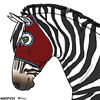
Lucky222 - Posts: 5560
- Joined: Sun Feb 25, 2018 8:45 pm
- My pets
- My items
- My wishlist
- My gallery
- My scenes
- My dressups
- Trade with me
Re: Lucky222 would like trades
Bump
about me
- I am 🇩🇪
I speak German, English
and a little French
I ❤ horses and zebras and bunnies
- I want to collect every bunny,
horse and pony
look here for dreamies

-

Lucky222 - Posts: 5560
- Joined: Sun Feb 25, 2018 8:45 pm
- My pets
- My items
- My wishlist
- My gallery
- My scenes
- My dressups
- Trade with me
Re: Lucky222 would like trades
Lucky222 wrote:Lucky222's Trades
Directory
Dreamies and goals
Most wanted pets
Pet hoards
Pets for trade
Most wanted items
Item hoards
Items for trade
Double items that are NFT
Current event trades
Goals
▪collect all bunnies (missing only 2010 and 2009)
▪collect all horses
▪get my dreamies
▪︎get all pets I like
Want
○All bunnies on wishlist
○All horses on wishlist
○all pets shown here in this thread
○most pets on my wishlist (some are for the pound only)Dreamies
about me
- I am 🇩🇪
I speak German, English
and a little French
I ❤ horses and zebras and bunnies
- I want to collect every bunny,
horse and pony
look here for dreamies

-

Lucky222 - Posts: 5560
- Joined: Sun Feb 25, 2018 8:45 pm
- My pets
- My items
- My wishlist
- My gallery
- My scenes
- My dressups
- Trade with me
Re: Lucky222 would like trades
Lucky222 wrote:Lucky222's Trades
Directory
Dreamies and goals
Most wanted pets
Pet hoards
Pets for trade
Most wanted items
Item hoards
Items for trade
Double items that are NFT
Current event trades
Goals
▪collect all bunnies (missing only 2010 and 2009)
▪collect all horses
▪get my dreamies
▪︎get all pets I like
Want
○All bunnies on wishlist
○All horses on wishlist
○all pets shown here in this thread
○most pets on my wishlist (some are for the pound only)Dreamies
about me
- I am 🇩🇪
I speak German, English
and a little French
I ❤ horses and zebras and bunnies
- I want to collect every bunny,
horse and pony
look here for dreamies

-

Lucky222 - Posts: 5560
- Joined: Sun Feb 25, 2018 8:45 pm
- My pets
- My items
- My wishlist
- My gallery
- My scenes
- My dressups
- Trade with me
Trade me wl please
Bump
about me
- I am 🇩🇪
I speak German, English
and a little French
I ❤ horses and zebras and bunnies
- I want to collect every bunny,
horse and pony
look here for dreamies

-

Lucky222 - Posts: 5560
- Joined: Sun Feb 25, 2018 8:45 pm
- My pets
- My items
- My wishlist
- My gallery
- My scenes
- My dressups
- Trade with me
Re: Trade me wl please
Lucky222 wrote:Bump
about me
- I am 🇩🇪
I speak German, English
and a little French
I ❤ horses and zebras and bunnies
- I want to collect every bunny,
horse and pony
look here for dreamies

-

Lucky222 - Posts: 5560
- Joined: Sun Feb 25, 2018 8:45 pm
- My pets
- My items
- My wishlist
- My gallery
- My scenes
- My dressups
- Trade with me
Re: Lucky222 would like trades
FleshCanvas wrote:*ahem* OKAY IT WAS A LITTLE MORE THAN AN HOUR APOLOGIES AGAIN- I'm doing a huge master post of all of them prepare yourself
Dogs - Least ConcernBlack Backed Jackal
"Fossil deposits have revealed that the black-backed jackal is one of the oldest known dog species. It has remained pretty much unchanged since the Pleistocene epoch, up to 2.5 million years ago."
Radjah Shelduck
"Radjah shelducks are not the quickest of fliers, but they run with tremendous speed. Radjah shelducks also swim occasionally, choosing to stay within shallow water at all times."
Royal Penguin
"The royal penguin was once considered a subspecies of the macaroni penguin."
NOW- to clear this up when I had first done the outcomes my source said they were of least concern but when I'm looking it up again there are a few places that say NT and some that say LC sooo https://www.iucnredlist.org/species/22697797/210894343 I'm dropping this here as my source 👀👀
Chain Catshark
"The chain catshark or chain dogfish (Scyliorhinus retifer) is a small, reticulated catshark that is biofluorescent."
Kurixalus eiffingeri (Eiffinger's Tree Frog)
"It is found in Taiwan and on the Yaeyama Islands of Japan. Its natural habitats are subtropical or tropical moist lowland forests and subtropical or tropical moist montane forests. "
Cats - No ThreatBall Python !
"Ball pythons are the smallest python found on the African continent and one of the smallest python species in the world. They can reach up to 5 feet but average more like 2-4 feet in length. In contrast, reticulated pythons can be 23 feet long!"
Jaguar!
"The jaguar is the third biggest cat in the world - after the tiger and the lion - and is the largest cat in the Americas. They can grow up to 170cm long, not including their impressive tails which can be up to 80cm."
Maned Wolf!
"The maned wolf is the largest canid of South America. It looks more like a long-legged fox than a wolf. Genetic studies show that it is neither fox nor true wolf, but a distinct species."
Plains Zebra!
"Zebras will live in a family group of 1 stallion (male) and about 6 mares (females) with their young. When seeing the zebra young, it may look odd that the babies and the adults all have the exact same length in legs. This is natures way of protecting the young against predators who, as a result, cannot differentiate the young from the old. Long legs also helps the younger animals keep up with the herd from the start of their lives."
Spotted Eagle Ray!
"The large rostrum, or "nose," of an eagle ray creates an increased surface area full of electrosensory pores that help them detect prey hidden beneath the seafloor"
Deer - VulnerableBlue Eyed Cockatoo
"It is known for its long lifespan of 60 years and has a yellow and white crest on its neck which can become fuller when the cockatoo feels excited.
Water Deer (fawn)
"Chinese water dear is noticeably different from other deer in the Cervidae family as it lacks antlers. Instead, it has two protruding tusks that give it a vampirish appearance. The tusks grow long and can reach 2 inches."
Chrysoritis penningtoni
"hrysoritis penningtoni, the Pennington's opal, is a species of butterfly in the family Lycaenidae. It is endemic to South Africa, where it is found on the high slopes of the Amatolas in the Eastern Cape."
Texas Blind Salamander
"Because the Texas blind salamander is adapted for living in water underground, it has no eyes, only two small black dots under the skin. It has little skin pigment, is white in color, and has red external gills used to get oxygen from the water."
Yellow Footed Tortoise
"The Yellow-Footed tortoise is a medium-large sized tortoise found in the Amazon Forest. While not as massive as other species, it shares its longevity with other tortoises, typically living over 50 years. It is adapted to a more humid environment than many tortoises, particularly desert dwelling species like the Russian Tortoise."
Fox - EndangeredRed Panda
"Red Pandas Are The First Panda
In 1825, nearly 50 years before the giant panda was discovered, Frédéric Cuvier first described the red panda as the most beautiful animal he had ever seen."
Reticulated Giraffe
"To keep their blood flowing, giraffes need big hearts, two feet (0.6 m) long and weighing about 25 pounds (11kg), and large blood vessels."
Siberian Tiger
"The Siberian tiger is the largest subspecies of tiger and the world’s largest cat. An adult tiger averages 70-82 inches in head and body length, with the male being larger than the female tiger. The male averages 77 inches while the female averages 72 inches. Its long and flexible tail measures 39 inches in male and 36 inches in the female. Historically, a wild male Siberian tiger weighed 475 pounds while the female weighed 303 pounds. However, the contemporary tigers weigh an average of 389 pounds but can weigh up to 600 pounds. "
African Wild Dog
"African wild dog packs have an 80% success rate when hunting, thanks to high levels of communication"
Salt Creek Pupfish
"Once thriving in the ancient inland lakes and streams that filled Death Valley more than 250 million years ago, the pupfish got stranded in a few meager springs as bigger bodies of water dried up. But the fish didn’t just survive in their new—albeit more cramped—surroundings. They adapted. - While its ancestors used to swim in freshwater, this subspecies can now withstand saline water—an evolutionary adaptation similar to humans drinking gasoline instead of tap water."
Snakes - Critically EndangeredRed Throated Lorikeet
"The Red-throated Lorikeet (Charmosyna amabilis) is a critically endangered lorikeet endemic to Fiji. It occurs on the islands of Viti Levu, Vanua Levu, Taveuni and Ovalau."
Southern Corroboree Frog
"As well as being iconic Australian species, Corroboree Frogs are important components of our natural heritage. They contribute to the richness of the alpine ecosystem in which they're found, even as tiny tadpoles, removing the algae from the beautiful alpine ponds, keeping the water crystal clear, which benefits other aquatic plants and animals."
Tarzan Chameleon
"The new species' name has multiple roots. For one thing, the chameleon's habitat—in what locals call the Tarzan Forest—is near the village formerly known as Tarzanville (recently renamed Ambodimeloka)."
Vaquita
"The world's smallest porpoise, vaquitas measure up to five-feet long and weigh up to 120 lbs. The vaquita's unique facial markings of a black ring around each eye and black curved lips have been compared to a smiling panda."
Western Long-Beaked Echidna
"The western long-beaked echidna is the largest monotreme found in the Bird's Head Peninsula and Foja Mountains of West Papua and Papua provinces and Indonesia"
Horses - Extinct in WildSpix's Macaw
"Spix's macaws are by far the rarest and one of the most protected birds in the world."-"The movie Rio was inspired by a pair of macaws which, in the year 2000, apparently vanished after escaping from captivity"
Scimitar Oryx
"Scimitar-horned oryx once inhabited the arid borders of the Sahara desert. Because of over-hunting, the last wild oryx observed was seen in the late 1980s. Fortunately, this species has been bred in zoos and today small groups have been introduced into northern central Africa. They have white coats that help to reflect the heat of the sun, broad hooves to prevent sinking into sand, and the ability to go for days without drinking, in part because they eat plants high in moisture."
Lysimachia Minoricensis
"Lysimachia minoricensis is a species of plant in the family Primulaceae. It was endemic to the island of Menorca in Spain. Its natural habitat was Mediterranean-type shrubby vegetation. It became extinct within its natural range due to habitat loss and now only survives in cultivation."
Christmas Island Blue Tailed Skink
"The skink can lose its tail when threatened, and the bright blue colouring is thought to draw a predator’s attention away from the rest of the body,"
Kihansi Spray Toad
"They have webbed toes on their hind legs, but lack expanded toe tips. They lack external ears, but do possess normal anuran inner ear features, with the exception of tympanic membranes and air-filled middle ear cavities."-"Abdominal skin is translucent"
And finally...
Dragons - ExtinctWestern Black Rhinoceros - 2011
The western black rhinoceros (Diceros bicornis longipes ) or West African black rhinoceros is an extinct subspecies of the black rhinoceros. It was declared extinct by the IUCN in 2011. As their population declined, poaching increased with value growing along with the rarity of the horns. 1 kg of horn could cost over $50,000. The western black rhinoceros was believed to have been genetically different from other rhino subspecies. The last known wild specimens lived in northern Cameroon. In 2006 an intensive survey across its putative range in Cameroon failed to locate any, leading to fears that it was extinct in the wild. On 10 November 2011 the IUCN declared the western black rhinoceros extinct.
Tasmanian Tiger - 1936
Was the largest carnivorous marsupial of modern times, had an abdominal pouch similar to a kangaroo and had muscular yet weak jaws, that could surprisingly open up to 80 degrees. They had gone extinct in mainland Australia over 2,000 years ago due to hunting and competition with dingoes, however they survived in Tasmania until the 1930's. The last known of its species died in 1936 at Hobart Zoo in Tasmania. Hunting in Australia and Tasmania was encouraged by the government for the protection of cattle and, unsurprisingly, led to the rapid demise of the species. But scientists in 2017 discovered that a lack of genetic diversity also caused its downfall.
Passenger Pigeon - 1914
It is believed that this species once constituted 25 to 40 per cent of the total bird population of the United States. It is estimated that there were 3 billion to 5 billion passenger pigeons at the time Europeans discovered America. Early explorers and settlers frequently mentioned passenger pigeons in their writings. About September 1, 1914, the last known passenger pigeon, a female named Martha, died at the Cincinnati Zoo. The extinction of the Passenger Pigeon had two major causes: commercial exploitation on a massive scale and loss of habitat. Large flocks and communal breeding made the species highly vulnerable to hunting.
Splendid Poison Frog - 1992/2020
Mullerian mimicry was a natural phenomenon that played a pivotal role in the conservation of the splendid poison tree frog. The splendid poison tree frog closely resembled the strawberry poison frog which provided a great deal of protection from predators for both species. While the species lived in the humid lowlands and forests of western Panama, deforestation and habitat degradation severely harmed these areas and threatened the frogs. Human invasion such as with logging and construction in the area decreased the species' population significantly. Chiriqui harlequin frog (Atelopus chiriquiensis) and splendid poison frog (Oophaga speciosa)—Last seen in 1996 and 1992, these frogs from Costa Rica and Panama fell victim to the chytrid fungus and were declared extinct in December.
Carolina Parakeet - 1939
Native to the eastern, Midwest and plains states of the United States. It was the only indigenous parrot within its range, as well as one of only three parrot species native to the United States. The last confirmed sighting in the wild was of the ludovicianus subspecies in 1910. The last known specimen perished in captivity at the Cincinnati Zoo in 1918 and the species was declared extinct in 1939. The nineteenth-century saw the 'plume bloom', a worldwide trend of using feathers in fashion. Middle-class women could be seen with poignantly beautiful feathers - sometimes even whole bodies - mounted on their garments and accessories - By the early twentieth century, the Carolina parakeet was a rare species, its remaining population largely confined to Florida.
I'm so happy you guys enjoyed them! I've been so excited for these to come out & they were super fun to work on- To answer a question I saw earlier I didn't work on these within a month I had them done in advance so I had plenty of time for monthlies too
I will say as well it was really sad to turn to the extinct species fun facts and see them being refered to as "was" and "had" in the past tense ugh it's so sad
about me
- I am 🇩🇪
I speak German, English
and a little French
I ❤ horses and zebras and bunnies
- I want to collect every bunny,
horse and pony
look here for dreamies

-

Lucky222 - Posts: 5560
- Joined: Sun Feb 25, 2018 8:45 pm
- My pets
- My items
- My wishlist
- My gallery
- My scenes
- My dressups
- Trade with me
Need C$ Have much
Please send a trade
about me
- I am 🇩🇪
I speak German, English
and a little French
I ❤ horses and zebras and bunnies
- I want to collect every bunny,
horse and pony
look here for dreamies

-

Lucky222 - Posts: 5560
- Joined: Sun Feb 25, 2018 8:45 pm
- My pets
- My items
- My wishlist
- My gallery
- My scenes
- My dressups
- Trade with me
Trade me please
.
Last edited by Lucky222 on Mon Jan 08, 2024 3:25 am, edited 1 time in total.
about me
- I am 🇩🇪
I speak German, English
and a little French
I ❤ horses and zebras and bunnies
- I want to collect every bunny,
horse and pony
look here for dreamies

-

Lucky222 - Posts: 5560
- Joined: Sun Feb 25, 2018 8:45 pm
- My pets
- My items
- My wishlist
- My gallery
- My scenes
- My dressups
- Trade with me
Re: Lucky222 would like trades
Send a trade please
about me
- I am 🇩🇪
I speak German, English
and a little French
I ❤ horses and zebras and bunnies
- I want to collect every bunny,
horse and pony
look here for dreamies

-

Lucky222 - Posts: 5560
- Joined: Sun Feb 25, 2018 8:45 pm
- My pets
- My items
- My wishlist
- My gallery
- My scenes
- My dressups
- Trade with me
Who is online
Users browsing this forum: babypunkrat, Botanically, faedemon, GoogleBotOther, himarry 124, Nicnova, Pyca, rainsharkstorm, Sharp Glimpse, shurikenfox, TheMythosCollection, UraniumIsotope, Xeranz and 69 guests

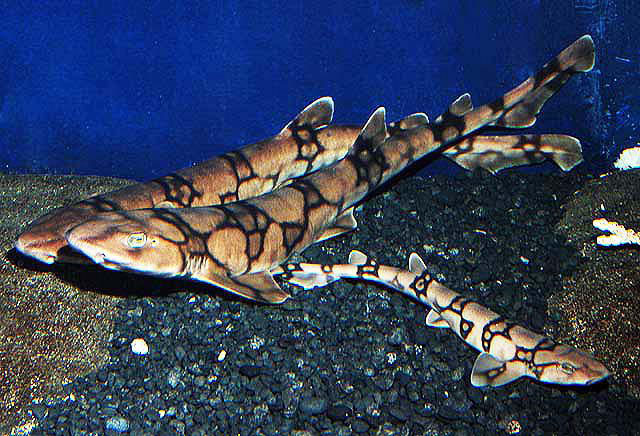



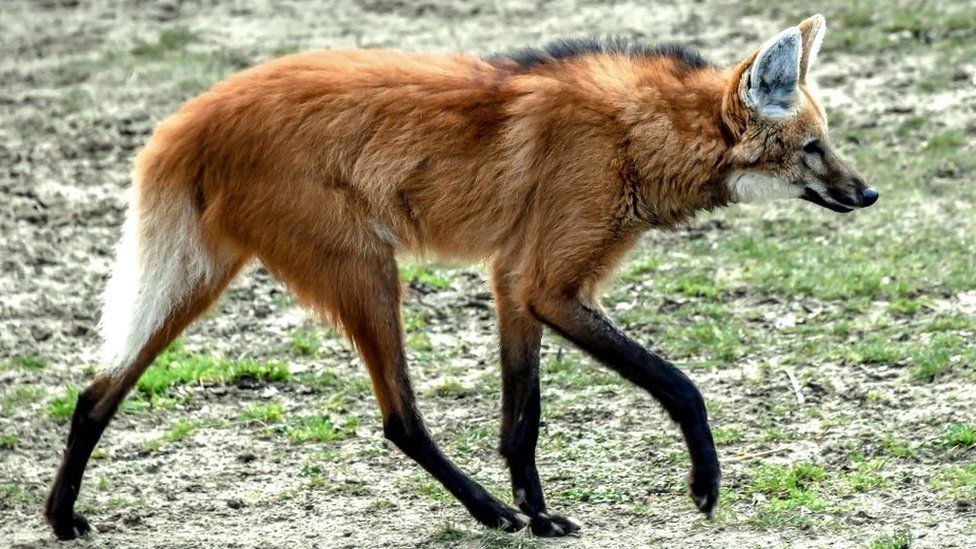
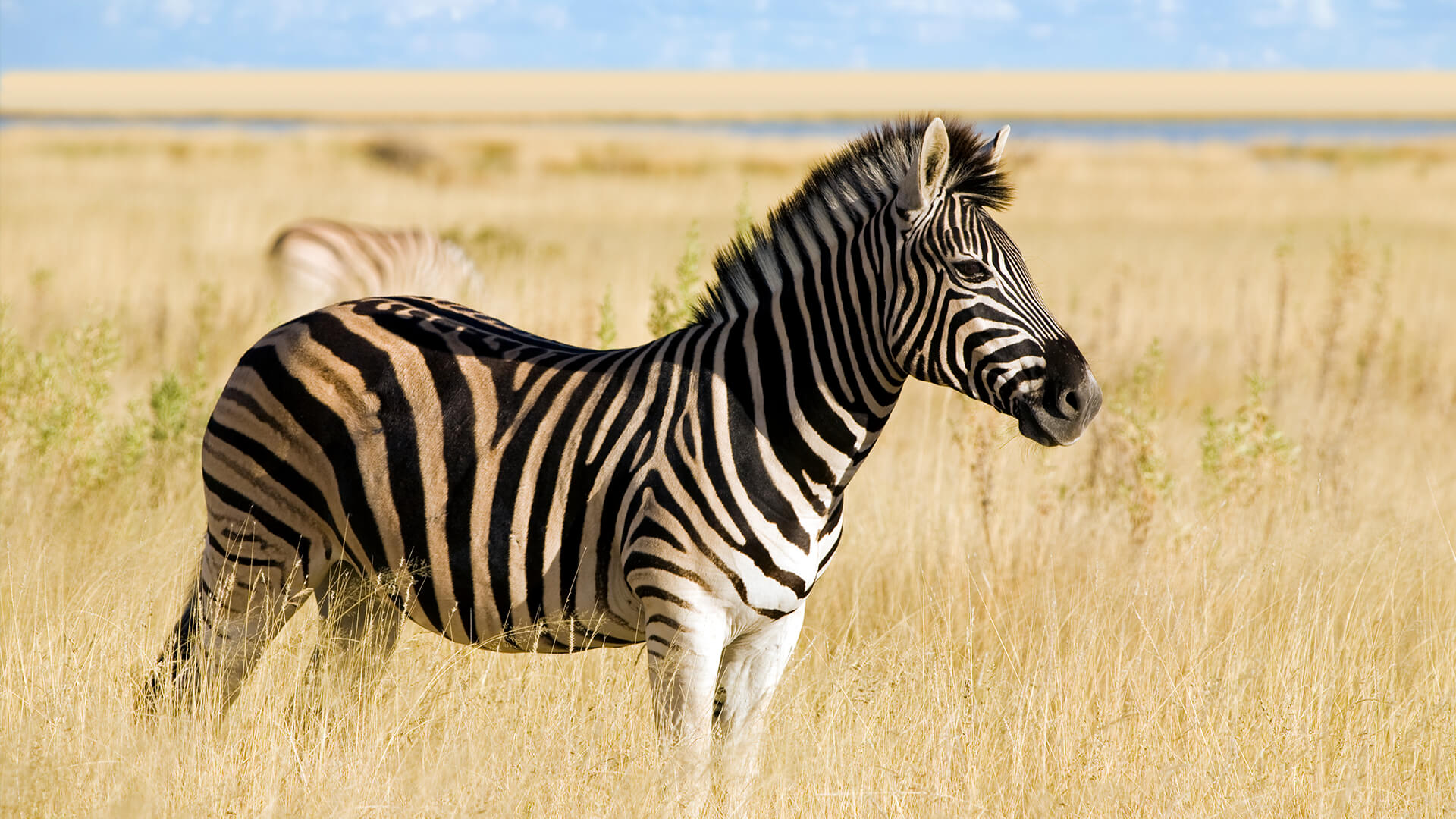
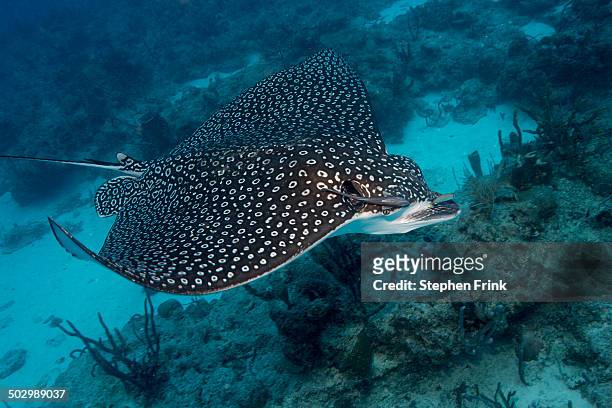
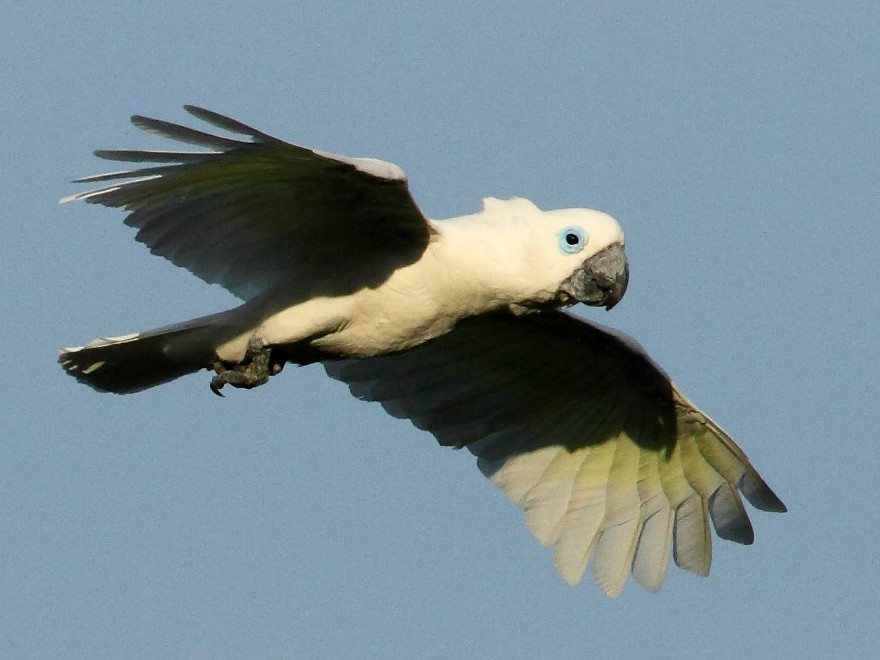


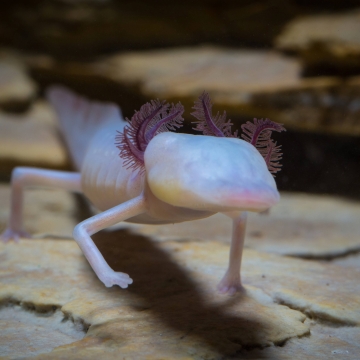

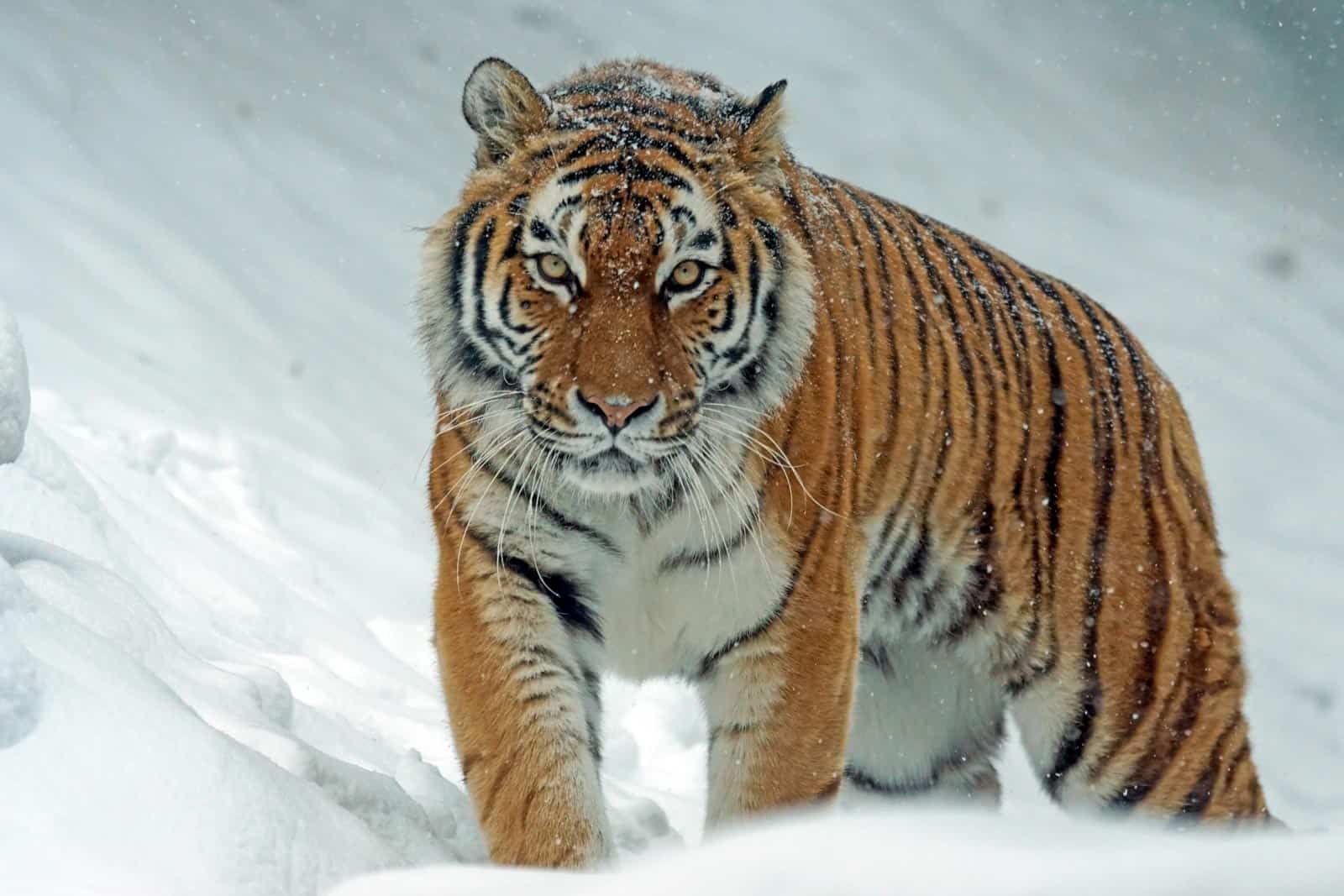



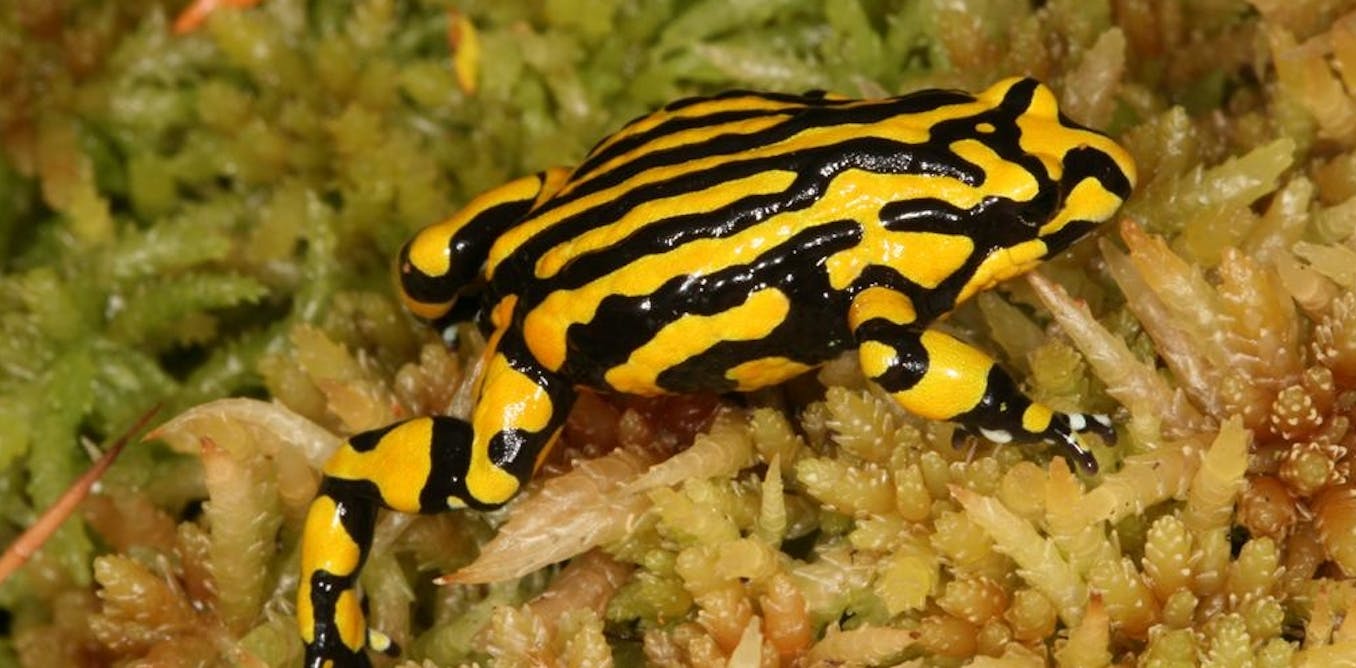

/https://tf-cmsv2-smithsonianmag-media.s3.amazonaws.com/filer_public/5c/f3/5cf3e81a-c3dd-4c55-ad91-c4a7767b0612/phocoena_sinus.jpg)




